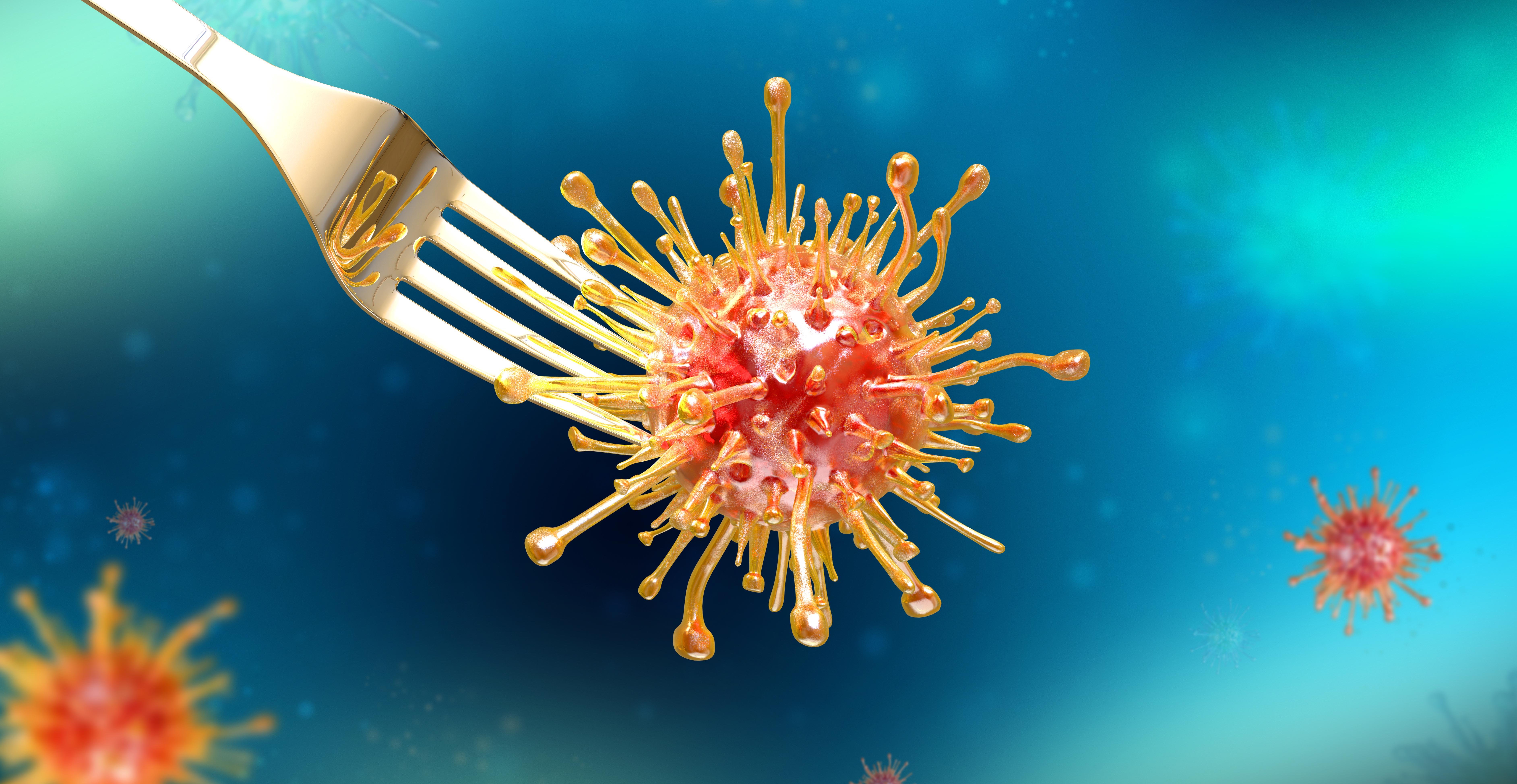
By: Caitlin Dimalanta | September 14, 2022
Food is one of the most important things on the planet. It provides nutrients for our body, brings us together, and accounts for the livelihood of 19.7 million Americans. How we handle our food, and the surrounding prep space is integral to our health and safety.
Whether you are prepping food at home, cooking in a restaurant, or using the office fridge to store leftovers from last night, food safety is an absolute must.
In fact, the CDC estimates that each year roughly 1 in 6 Americans (or 48 million people) gets sick, 128,000 are hospitalized, and 3,000 die of foodborne diseases. Illness caused by foodborne pathogens can be prevented through proper hand hygiene, and surface sanitation that comes in contact with food.
September is National Food Safety Education Month (FSEM) and what better time to update and refresh your knowledge of two simple yet effective food safety cleaning practices?

Back to Basics with Good Hand Hygiene
There are approximately 31 known pathogens that cause foodborne illnesses with Norovirus and Salmonella being the most common. Throughout the process of prepping and enjoying our food, there are multiple times when handwashing is called for due to potential exposure to these viruses, parasites, and bacteria.
According to the CDC it is best to wash your hands:
- Before, during, and after preparing any food.
- After handling uncooked meat, chicken or other poultry, seafood, flour, or eggs.
- Before and after using gloves to prevent germs from spreading to your food and your hands.
- Before eating.
- After touching garbage.
- After wiping counters or cleaning other surfaces with chemicals.
- After touching pets, pet food, or pet treats.
- After coughing, sneezing, or blowing your nose.
Twenty seconds of washing your hands with soap, rinsing, and then drying is a game changer when preventing cross-contamination and foodborne illnesses.

It Takes Two: Clean and Sanitize
With certain viruses remaining active anywhere from hours to weeks on a surface, it is crucial to make sure your kitchen area is properly rid of bacteria and other harmful pathogens. This process involves just two steps: cleaning and sanitizing.
The fundamental first step involves using warm water and soap to clean your kitchen’s surfaces. This removes any dirt build-up, grime, and some bacteria and can be accomplished using single-use paper towels or reusable towels. Don’t forget to wash your hands before proceeding to the second step to avoid cross-contamination.
The final step of this process is sanitizing the surfaces used to prep and handle food. Sanitizing a surface with chemicals that are mild enough to use around food kills bacteria and is most effective AFTER cleaning a surface. There are ready-to-use options in both chemical and wipe options. If using bulk chemicals be sure to read the label for correct dilution ratios.
WAXIE is committed to helping our customers keep their facilities cleaner, healthier, greener, and safer. That means creating customized cleaning solutions to meet your specific needs, and then providing the ongoing training and support to help you achieve a cleaner and healthier building environment with food safety solutions.
Please contact your WAXIE Account Consultant today to schedule a consultation.
Caitlin Dimalanta is WAXIE’s eCommerce Specialist. She enjoys researching and implementing various SEO (search engine optimization) strategies to enhance WAXIE’s eCommerce platform Web@Work. Caitlin has a Bachelor's Degree in Marketing from San Diego State University.

